
Copernical Team
NASA offers up to $200M to help push new technologies to market
 Companies with technologies that may advance exploration but need a little extra push to finalize development have two new opportunities to partner with NASA to make it over the finish line.
Through Tipping Point, NASA seeks to support space technologies that can foster the growth of commercial space capabilities and benefit future agency missions. NASA is also offering businesses a chance
Companies with technologies that may advance exploration but need a little extra push to finalize development have two new opportunities to partner with NASA to make it over the finish line.
Through Tipping Point, NASA seeks to support space technologies that can foster the growth of commercial space capabilities and benefit future agency missions. NASA is also offering businesses a chance Orbex prepares for rocket launch 'dress rehearsals' as launchpad arrives at test site
 The first rocket launchpad constructed in the UK for more than 50 years is now in place at the Orbex test site in Kinloss, Scotland.
The new launchpad - known as 'Orbex LP1' - recently completed an 80-mile road trip from Peterhead to Kinloss on two trucks, accompanied by a police escort. The three-hour journey through the dramatic Scottish countryside during sun, rain and snow was captured
The first rocket launchpad constructed in the UK for more than 50 years is now in place at the Orbex test site in Kinloss, Scotland.
The new launchpad - known as 'Orbex LP1' - recently completed an 80-mile road trip from Peterhead to Kinloss on two trucks, accompanied by a police escort. The three-hour journey through the dramatic Scottish countryside during sun, rain and snow was captured End of Lockheed bid for Aerojet Rocketdyne may impact space, missile markets
 Lockheed Martin, the largest U.S. defense contractor, has dropped its proposal to buy rocket-engine maker Aerojet Rocketdyne, but experts said another suitor could emerge.
The Sacramento-based Aerojet has produced engines for the space shuttle, is working on engines for NASA's next moon rockets and is also developing hypersonic missile systems for the U.S. military.
Lockheed said
Lockheed Martin, the largest U.S. defense contractor, has dropped its proposal to buy rocket-engine maker Aerojet Rocketdyne, but experts said another suitor could emerge.
The Sacramento-based Aerojet has produced engines for the space shuttle, is working on engines for NASA's next moon rockets and is also developing hypersonic missile systems for the U.S. military.
Lockheed said New laser station lights the way to debris reduction
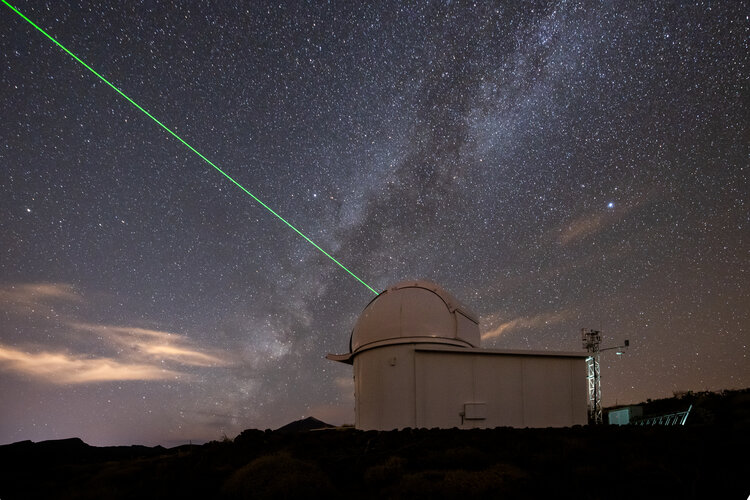
Harvest of scientific results by Solar Orbiter Radio and Plasma Waves instrument
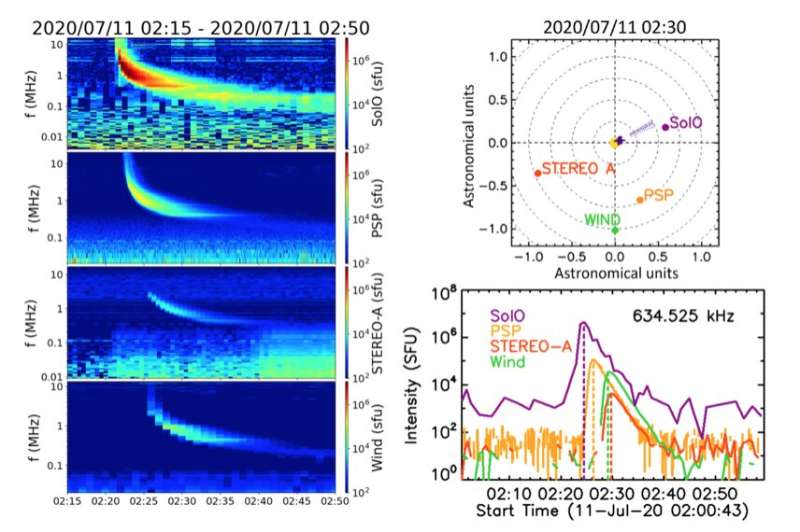
Astronomers scan the center of the Milky Way for any sign of intelligent civilizations, find nothing but silence
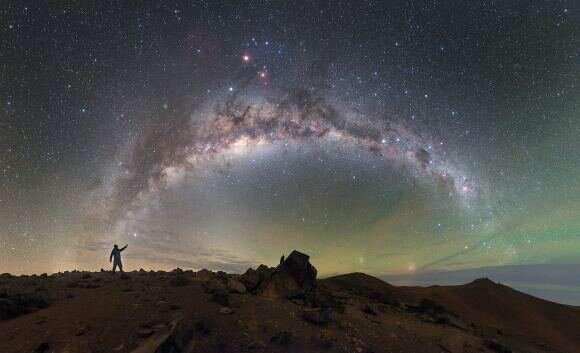
Are there civilizations somewhere else in the universe? Somewhere else in the Milky Way? That's one of our overarching questions, and an answer in the affirmative would be profound.
Humanity has pursued the search for extraterrestrial intelligence (SETI) in one form or another since shortly after the advent of radio waves in the early 20th century. Efforts have waxed and waned over the decades, but the search has never been completely abandoned.
The search detected transient hints in the form of unexplained radio waves in the past, but nothing that comprises reliable evidence.
Microgravity worms help solve astronauts' muscle troubles

A new study on nematode worms reveals that physical contact with objects can help prevent neuromuscular decline in simulated microgravity. The research, which was published in the journal iScience, provides new insights into maintaining human health in space.
Over the past 60 years, hundreds of humans have flown into space, sometimes spending up to a year on the International Space Station. Spaceflight subjects the body to near weightlessness or microgravity, which can negatively impact health.
"Progressive neuromuscular decline in microgravity is a major health concern for humans spending time in space," explains Atsushi Higashitani, a molecular biologist at Tohoku University. "Our international team investigated the underlying reasons for these changes."
The researchers studied Caenorhabditis elegans, a nematode worm that shows similar molecular and physiological effects to humans during spaceflight, including impaired muscle performance and reduced body length.
Virgin Galactic re-opens ticket sales for $450,000
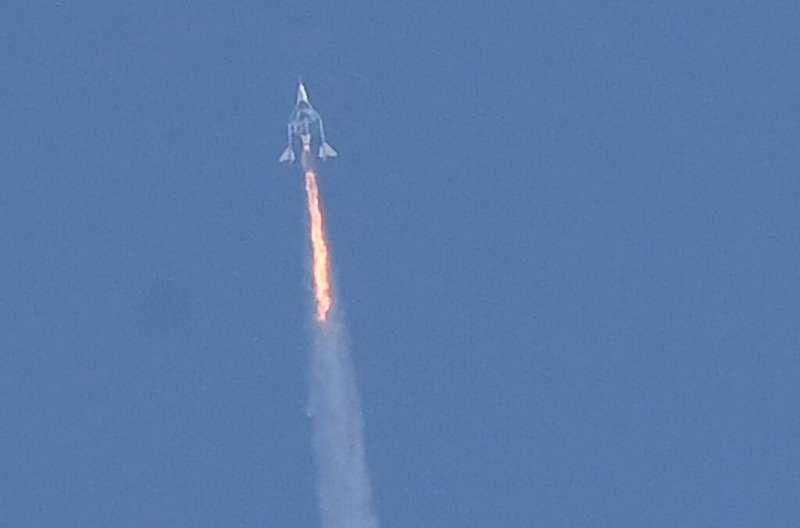
Virgin Galactic, which last year flew its flamboyant founder Richard Branson to space, will re-open ticket sales to the general public starting Wednesday, for the sum of $450,000.
Previously, only people who had paid a deposit to be on a waiting list could buy new tickets—but now sales are once more open to everyone.
"We plan to have our first 1,000 customers on board at the start of commercial service later this year, providing an incredibly strong foundation as we begin regular operations and scale our fleet," said CEO Michael Colglazier in a statement.
Established in 2004, Virgin Galactic is looking to build on the success of a high profile test mission last July, which saw Branson beat Blue Origin founder Jeff Bezos in their billionaire space race by a few days.
Deep down temperature shifts give rise to eruptions
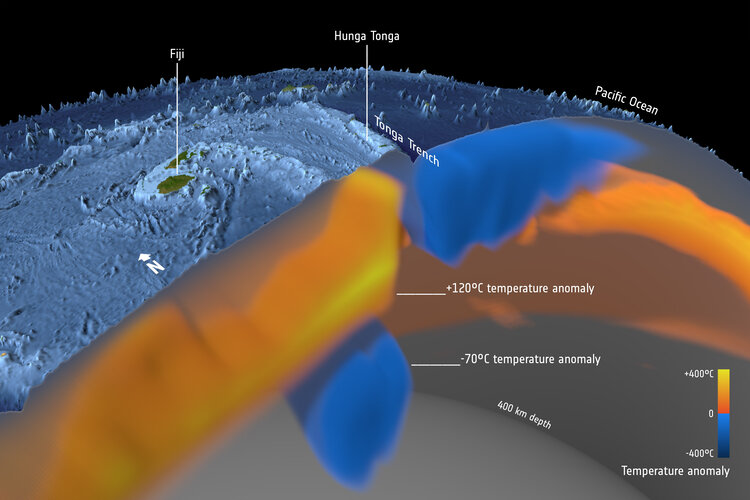
The astonishing force of the Tonga volcanic eruption shocked the world, but the fact that this underwater volcano actually erupted came as less of a surprise to geoscientists using satellite data to study changes in the temperature deep below Earth’s surface.
Watch live coverage of Space Summit
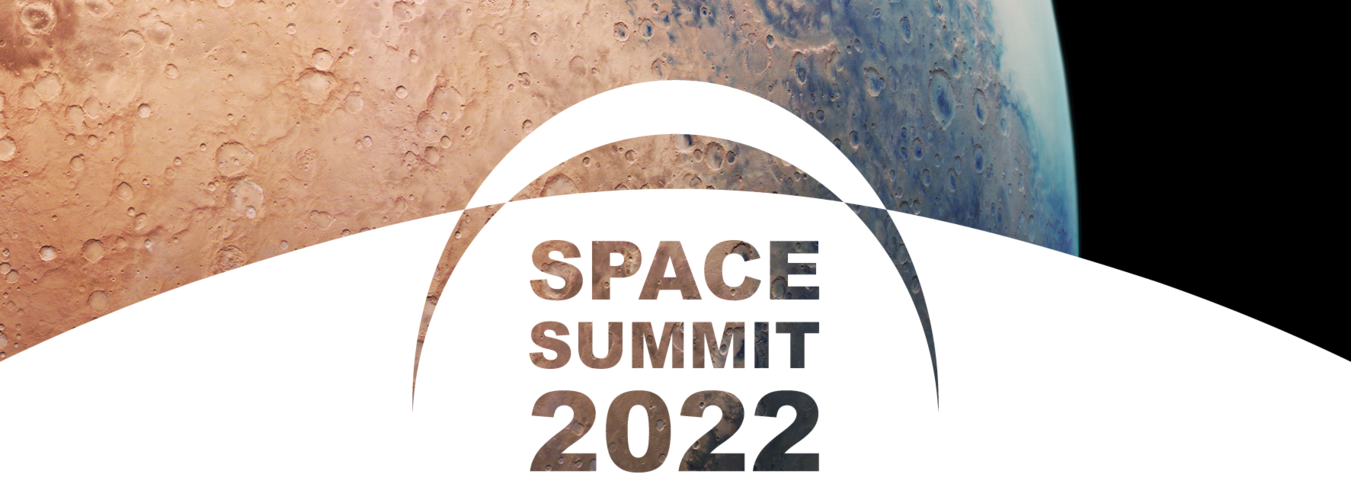
European leaders will reaffirm plans to launch Europe on a world-leading trajectory during a high-level space summit being held on 16 February in Toulouse, France. Join us for live coverage on ESA Web TV, starting at 12:45 CET.

